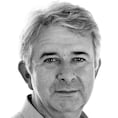In a tender and open-hearted eulogy at the beginning of Michael O’Sullivan’s funeral mass, William O’Sullivan celebrated his son’s life. Through the unfathomable pain of their loss William trapped Michael’s light in stories. In a couple of the yarns there was gentle ribbing that drew laughter from the packed church; in every line there was radiant, unconditional love.
William recalled two days at Cheltenham, when the outcomes were poles apart and William and Bernie’s son felt the spotlight on his face, bright and hot. In 2018 Michael rode a horse for his uncle Eugene in a handicap chase for amateurs, his first ride at the most revered place in jumps racing. Oighear Dubh was an unfancied 16/1 shot but Michael rode the horse with such cold, precocious confidence that they jumped to the front at the last. With the race at their mercy, though, Oighear Dubh jinked left at a stretch of temporary white tape and careered off course.
“Eugene,” said William, “wrapped his arms around a devastated 17-year-old.”
Less than five years later Michael returned to Cheltenham as a novice professional and announced his talent in racing’s biggest town square. On the opening day of the festival he rode two winners. The double paid 417/1 with the bookies. In reality, the odds were a million to one.
RM Block
“When I watched his takedown of Facile Vega in the Supreme Novices’ aboard Marine Natonale,” wrote Patrick Mullins in the Racing Post, “all I could think of was, ‘Man, this guy is cool.’”
After his win on Jazzy Matty in the juvenile hurdle Michael gave an interview to Racing TV in which he berated himself for a mistake at the last. On the greatest day of his young life as a jockey, he couldn’t just bask in the afterglow and let it pass. His humility demanded a full confession.
“He was very self-critical of himself always. Unnecessarily. I suppose all those good sports people are,” says Davy Russell, who spent a season in Eugene’s yard at the beginning of his career and knew Michael since he was a boy.
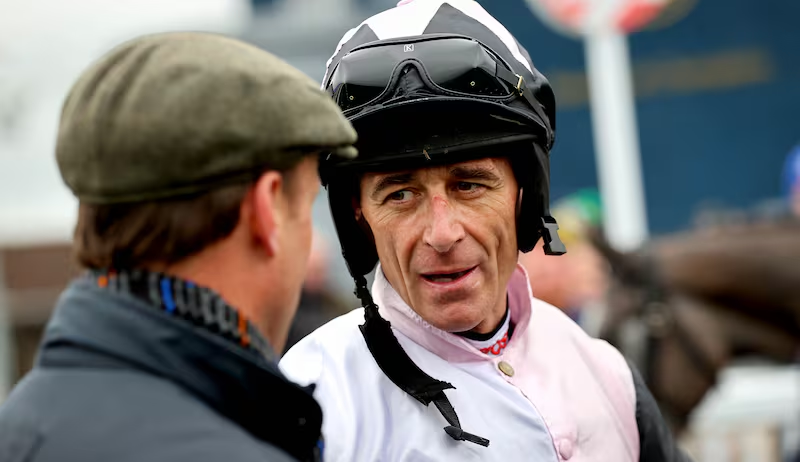
“I remember he rode a horse I was involved in one day in Galway. We spoke beforehand about what we were going to do, and he did it to a tee – to the minute. He got chinned on the line and he was very critical of the ride he gave the horse, and I said, ‘Are you f**king mad?’ I kind of had to tell him that he was wrong.”
In the flood of tributes since Michael’s death last Sunday there was a fast consensus. Everyone wanted to say how brilliant he was in the saddle, while making sure that you weren’t blinded by that brilliance alone. They wanted to talk about his intelligence and his charisma and his inherent good nature and his university degree and his integrity and his fluent French and his zest for living. In the public eye, sportspeople are often reduced to outcomes and opinions that fly off a conveyor belt. Such a travesty couldn’t be entertained here.
“He wasn’t afraid of the big stage,” says Barry Geraghty, former champion jockey who now works with the Irish Jockeys Association. “He thrived in that environment. He was full of ambition, full of passion. Being a jockey was his thing. It filled his cup. He was just a beautiful person.”
♦◊♦◊♦◊♦◊♦◊♦◊♦◊♦◊♦◊♦
Nearly 100 jockeys and friends of Michael gathered at the Curragh Racecourse on Monday afternoon. Dr Jennifer Pugh, the senior medical officer with the Irish Horseracing Regulatory Board (IHRB) had issued the invitation. She had arranged for one of the critical care doctors who had tended to Michael after his fall to be present, as well as critical incident counsellors.
She thought that maybe “10 or 15” people would turn up. The response reflected how many people were struggling. For three hours, they stayed in each other’s company.
“It was a really powerful thing to go through,” says Geraghty. “Just the conversation. To normalise the grief and the guilt potentially in, you know, ‘Why Michael and not me?’”
In the 10 days between the fall at Thurles and Michael’s death, Dr Pugh had put very brief updates into the public domain, scrupulously conscious of the family’s privacy. For the jockeys, though, she had provided daily bulletins. In the news vacuum all kinds of unfounded stories were in circulation. The duty of care radiated out from Michael in concentric circles.
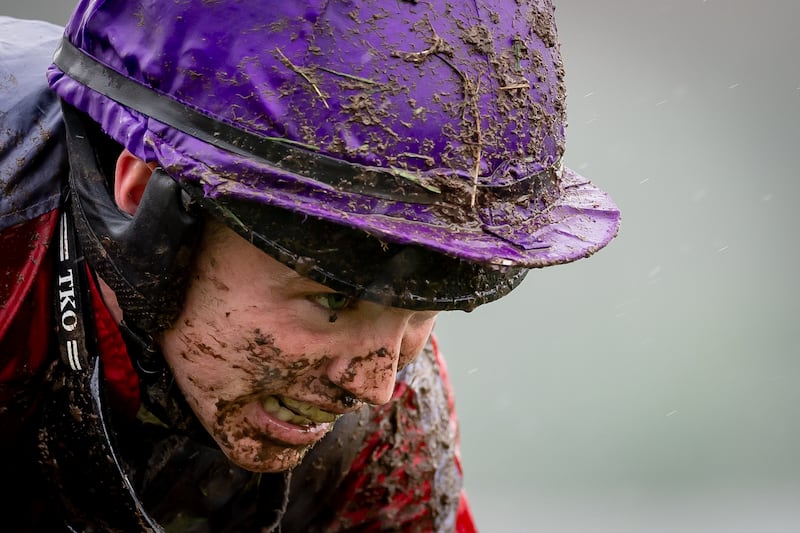
“We tried to keep people informed, even if it was just to say there was no change,” says Dr Pugh. “They had to continue to ride while holding this fear and anxiety. At the absolute heart of this is Michael’s family, but grief is everybody’s, no matter how well you knew Michael. I feel a responsibility to make sure everybody gets through this.
We’re a lot more aware of the profundity of this and how it has affected us all ... Maybe you can call that emotional maturity now compared to where we were
— Andrew Coonan, head of the Irish Jockeys Association
“On Monday it felt like they all just gave each other a big warm hug. They were very appreciative of the moment, just to pause and get together and reflect. There is no easy way, but we can do it knowing that there is help and support.
“This was a safe space to talk about what had happened. When I talk to jockeys now who were around when Kieran Kelly died they carried a lot, and a lot of that was carried internally, because there was no safe space to talk about it, no safe space to say, you know, ‘this is really dangerous.’”
Kieran Kelly died after injuries sustained in a fall in Kilbeggan, 22 years ago. Just a few months later Sean Cleary, a Flat jockey, died after a fall in Galway. Race meetings were staged in Ireland on the day after both riders passed away. The response was tone deaf and monumentally insensitive and maybe it was of its time.
News of Kelly’s death broke with two races left on a jumps card at Gowran Park. In his autobiography, Ruby Walsh recalls approaching the stewards with Norman Williamson, pleading with them to abandon the rest of the meeting. The stewards prevaricated.
“I expected them to just say, ‘Yeah, Jesus, of course we will. Sure it’s only right,” wrote Walsh. “But instead, the chairman of the stewards said, ‘Let’s get this straight – ye’re not refusing to ride. So, if we decide to race, ye’ll ride?’
“In the end they called the two races off, but they weren’t happy about doing it. They were worried about what they’d tell the public. I told them to show me where the microphone was, and I’d make the announcement myself. So, I did.”
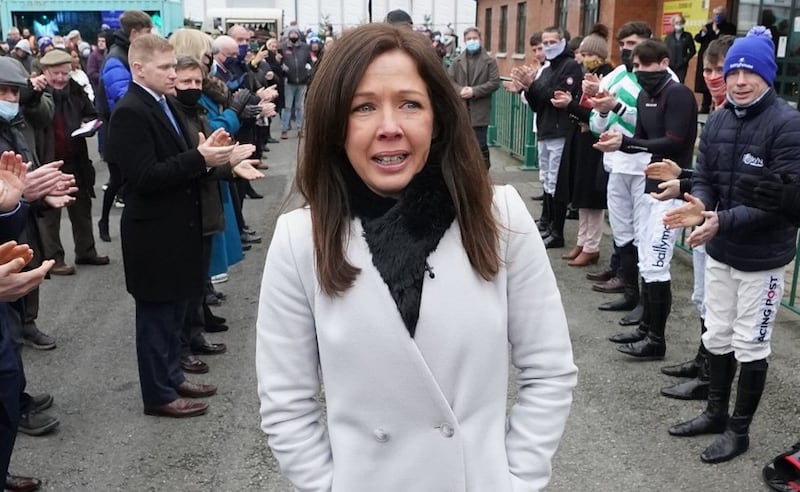
There were no supports in place for the jockeys. People were left to their own devices. “It had a huge effect on a lot of the younger lads around Kieran at the time,” says Russell. “Some got over it, some didn’t.”
“Every jockey that was there when Kieran Kelly died will still remember where they were when it happened,” says Dr Pugh. “The people who rode on the day of Michael’s fall [in Thurles] will continue to ride but Michael is woven into their story.”
When lightning struck again, all racing in Ireland was cancelled and it didn’t resume until Thursday, the day after Michael’s funeral. Counsellors have been made available around the clock, says Dr Pugh. Everybody understands that that the healing process has no timescale.
“We’re a lot more aware of the profundity of this I think and how it has affected us all,” says Andrew Coonan, head of the Irish Jockeys Association. “A lot of these riders are more aware. Maybe you can call that emotional maturity now compared to where we were. The HRI [Horse Racing Ireland] and the IHRB have been really good in focusing on the enormity of this and how the riders might be affected.”
On Monday, the jockeys were briefed on why Michael’s injuries were different. How rare these circumstances were. Why his helmet might not have made much of a difference in this case. Why the air ambulance was called. Trying to fill in gaps that might have been contaminated by misinformation.
In jumps racing, the danger cannot be eliminated. The constant drive is to mitigate the risks and somehow manage them. Over the last 20 or 30 years, the landscape has changed enormously. When Dr Pugh started as an amateur rider in her teens, back protectors were primitive and only worn in races. Looking at old photographs from Pat Healy’s archive recently she was astonished at how small the helmets were, and how thin. On racetracks there were concrete posts at the running rail. Everything about it was cavalier.
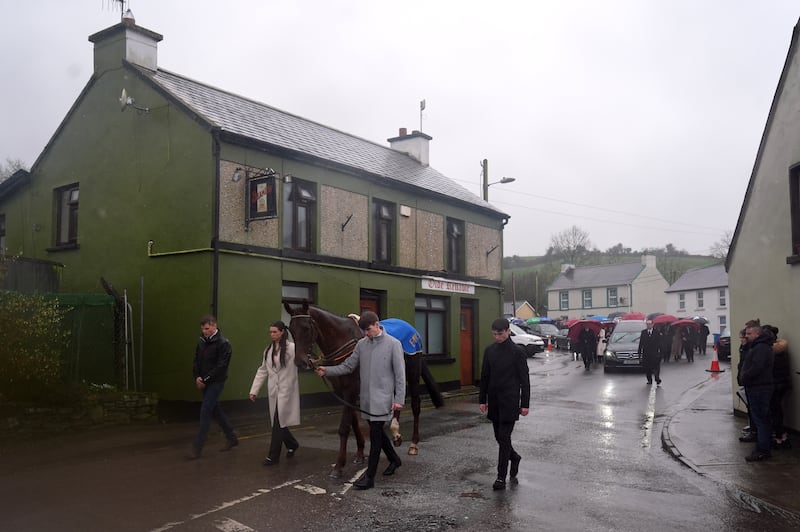
Now, everything is subject to constant review. A fortnight ago, new European standards for helmets were published. The body protector was changed again within the last 12 months. Birch hurdles will disappear from Irish tracks in the next 18 months to be replaced by plastic hurdles with white toe boards. Track configurations are always under review. Field sizes. Fence presentation. Three fences were taken out of a race at Punchestown on Thursday because of low sun. That happens on a regular basis now. Twenty years ago, it was rare.
Injury statistics are published in the IHRB’s annual report. Last year’s figures will be published soon, but the 2023 report showed that the number of falls per 1,000 rides had been steady at about 50 since the turn of the decade and injuries per 1,000 falls had been about 150 in the same period.
“We analyse all our injury stats,” says Dr Pugh. “What the injuries are. What the falls were. We were involved in a big spinal research study with the BHA [British Horseracing Authority] and we’re currently doing a massive review of all our concussion data for the last 15 years with the Health Research Board. We have great contacts in DCU who analyse and look for trends every time there’s an intervention. Helmet change, body protector, what impact did it have?”
Jockeys are more involved now. Their input is sought and respected. For generations, they were at the bottom of a steeply hierarchical pyramid. Everybody they addressed at the racecourse had a name starting with Mr. They raise issues if they’re not happy now and their concerns are acted upon. Coonan calls it a “quiet revolution. The riders now are regarded as stakeholders.”
The elimination of all risk, though, is still impossible. “We have a safety review every year,” says Coonan. “We have rolling reviews, to keep challenging [the risks]. In this case the circumstances were freakish.”
As jockeys, they don’t think about the risks. It is not in their nature. “Riding a horse would have been the same as riding a bicycle to Michael O’Sullivan,” says Russell. “It would come that easy to someone like him.”
“It’s what you do,” says Geraghty. “It’s what you love. You don’t recognise the danger.”
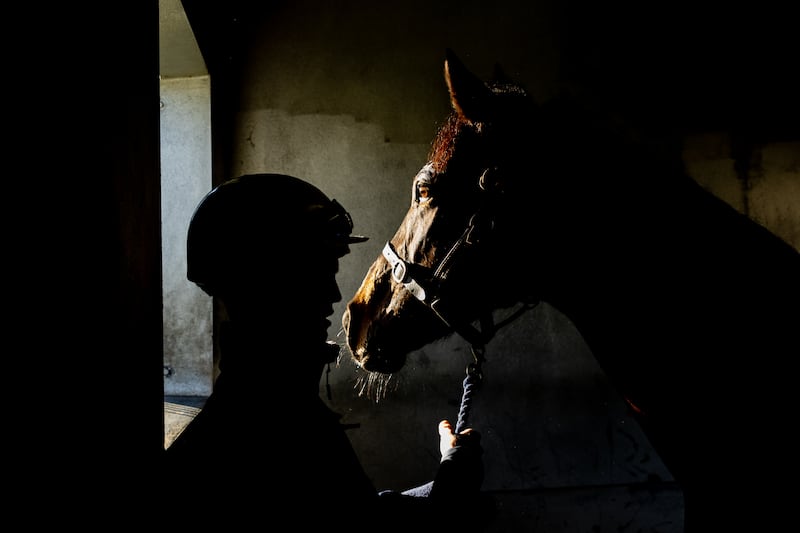
William had been a jockey too. Michael’s brother Alan and his cousin Maxine are also jockeys. For the O’Sullivans, it is in their blood. Towards the end of his eulogy William arrived at Michael’s last moments in the saddle and alighted on the essence of his son’s life and death.
“The other trainer I’d like to mention is Gerard O’Leary [who gave Michael his last ride],” William said. “Michael loved riding for you. And it gives us comfort to know that his last thoughts would have been of anticipation, determination, excitement. We wish you and your team well.”
At the end of the eulogy, William tried to peer over the towering wall of grief and look forward.
“While we are broken-hearted, we will now focus on what Michael would have wanted for us,” he said. “He would want us to mend over time. He would want us to support Alan [Michael’s brother] in his life choices and find joy in his achievements. He would want us to find joy in his cousins and friends and his many weighing-room colleagues. May you all stay safe. Michael will always be in our hearts and minds.”
Amen.

